- Home
- Mill Tour Language Translation - English
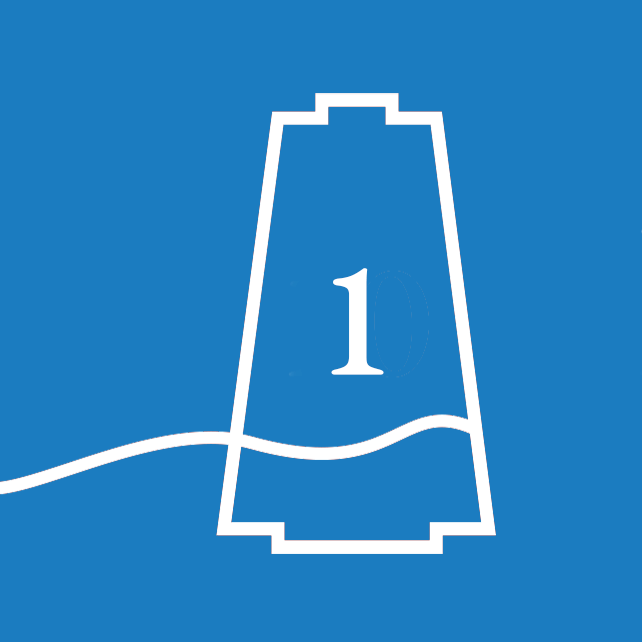 Our yarns
Our yarns
We work mostly with animal fibres, wool, cashmere and mohair. Our yarns are spun all over the world, in the UK, Europe and the Far East.
SCOTTISH WOOL
75% Scottish Wool from Cheviot Sheep, blended with Romney Marsh. Sorted in Scotland. Spun in Yorkshire. Dyed, warped, woven here in Selkirk, Scotland. Finished in Scotland. Working to improve our ethical& sustainable credentials from fleece to fabric.
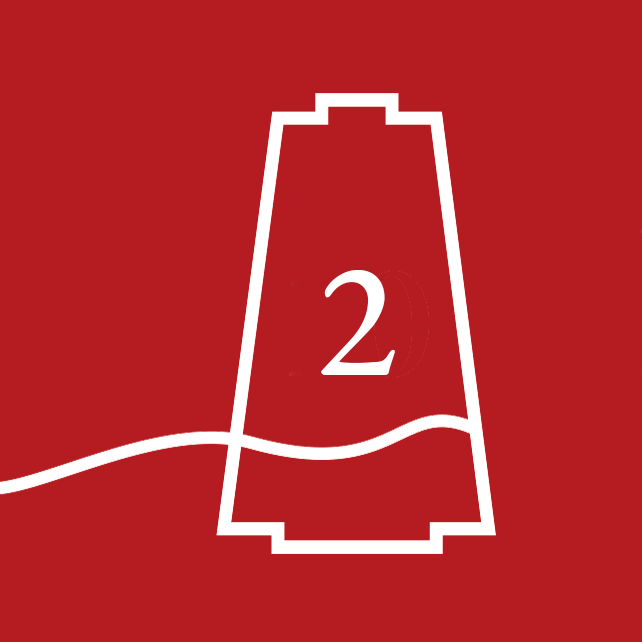 Dyehouse
Dyehouse
RECIPE CARDS
We use our classic colours every day and often create new shades for special projects. Recipe cards are created and stored for each of the new colours we match and dye.
DYEPOT WITH ECRU YARN
For each dyeing, ecru (undyed) yarn is loaded into the dyepot. All yarn packages are softly wound to allow the dye to be fully absorbed throughout to create an even dyeing. We can dye between 1/2 kilo and 136 kilos per colour.
COLOUR MIXING
Dye powders are mixed to create colours with different ratios of dyes for each shade. This is then mixed with boiling water and fed into the dyepot, where the liquor is pumped through the yarn package via perforated rods.
DYEPOT WITH COLOUR
The process starts at 40 degrees celsius and the temperature increases to around 100 degrees ( boiling point). From loading, dyeing, and rinsing off, the time spent in the dyepot is about 2 hours.
THE WHIZZ
Most of the liquor is drained off in the dyepot and a 5 minute cycle in the Whizz spins off any excess liquid.
DRYING
Yarns can dry for up to 8 hours on racks in our large ovens. The oven temperature is around 80°C.
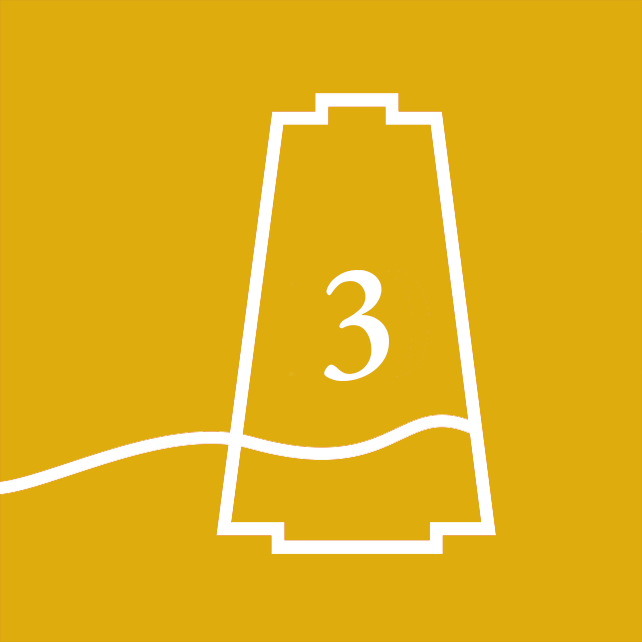 Yarn Winding
Yarn Winding
SOFT WINDING
Undyed yarn (ecru) is wound onto a soft package, a metal or plastic spring for the dyeing process. Coloured / dyed yarn needs to be on a firm package such as a cone for the weaving processes.
NAPPING UP
We can join together yarn of the same batch and colour to create packages of larger cones, this is called napping up.
MEASURING LENGTHS
We can wind yarn into specific lengths for larger orders. This is called measured lengths. We can calculate exactly how much yarn we will need to make the job as efficient as possible.
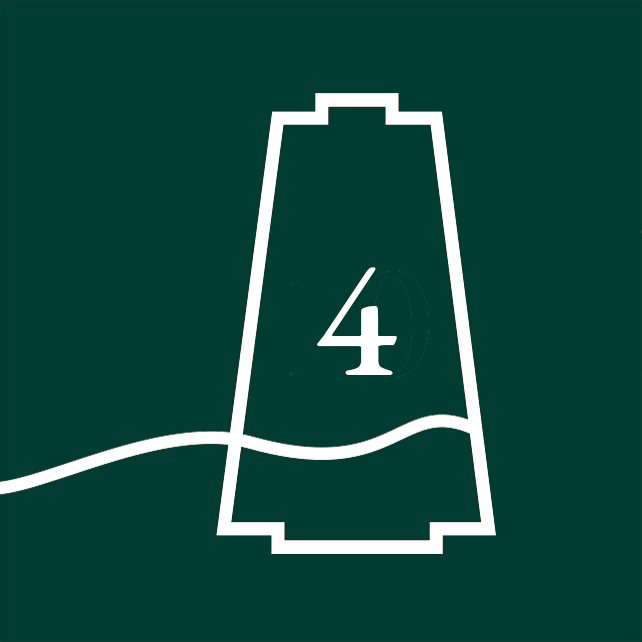 Warping
Warping
WARP BANK
Cones of yarn in the colour and sequence of the pattern are mounted on the warp bank.
WARP
Threads are drawn from the bank and wound around the drum to create the length and width of what will become the fabric.
PATTERN
The Threads are are wound onto the drum in the pattern sequence.
BEAMING
When the full width is completed the whole job is wound off the drum onto a beam ready for weaving.
KNOTTING
We knot several jobs of the same quality together to create larger beams for the looms and weaving.
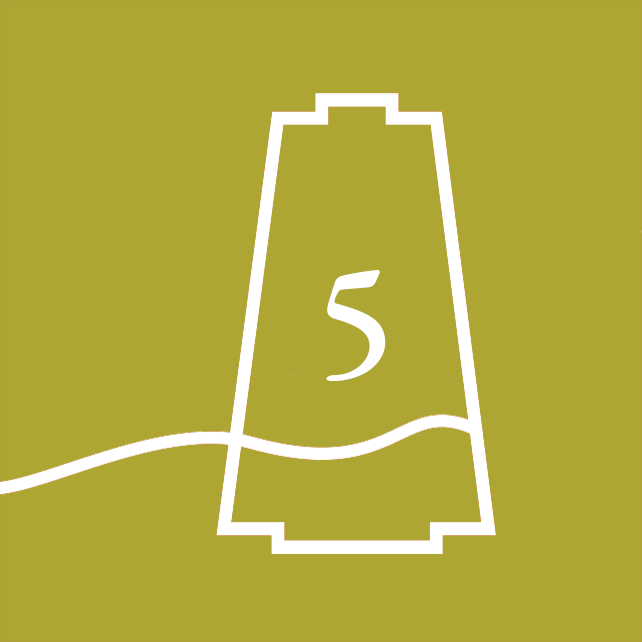 Weaving
Weaving
WEAVING
Fabric is created by the interlacing of the vertical threads with the horizontal weft threads.
WARP
Warp is held on a beam at the back of the loom. The warp threads pass from theback of the loom through the shafts then the reed.
SHAFTS
The warp threads are held on shafts which lift and lower in a specific sequence.
WEFT
The rapiers insert each weft thread across the width of the loom through the ‘shed’ which is the space created by the shafts lifting the warp threads. The reed then pushes the weft firmly into place.
TAKE UP MOTION
The woven cloth moves forward and wraps onto a beam at the front of the loom.
THE DROPPERS
The Droppers at the back of the loom balance on the warp threads and if a thread breaks the droppers will alert the weaver.
WARNING LIGHTS
WEFT stopped YELLOW light | WARP broken BLUE light | MACHINE breakdown RED light | END of piece WHITE light.
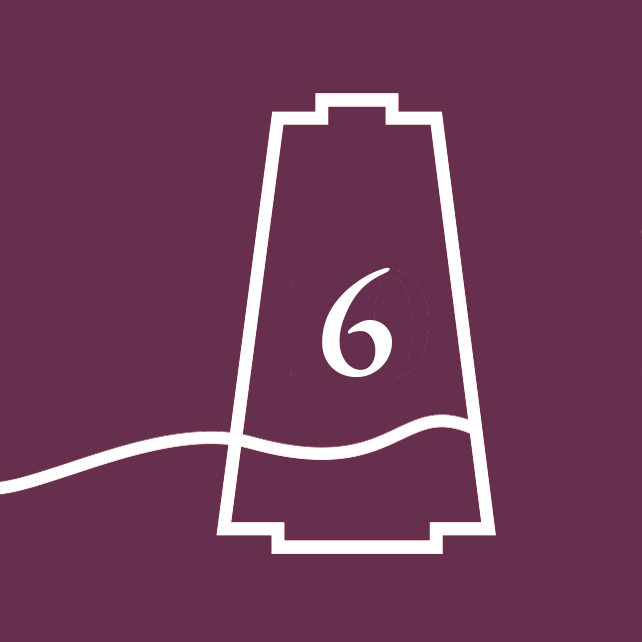 Darning
Darning
IN THE LOOM
The first 30 cms of every order produced is checked and approved before weaving progresses. Our darners ensure that the pattern, the colours and the weave (the construction of the cloth) is correct. A facemark is inserted to indicate the face of the cloth.
INSPECTION
Everything which Lochcarron weave is inspected then any faults are mended. This is called darning.
DARNING
Broken threads are mended, knots are pulled to the back, and in scarves, opened and threaded into the woven construction. We darn at this stage when the construction is quite open and before the cloth is finished.
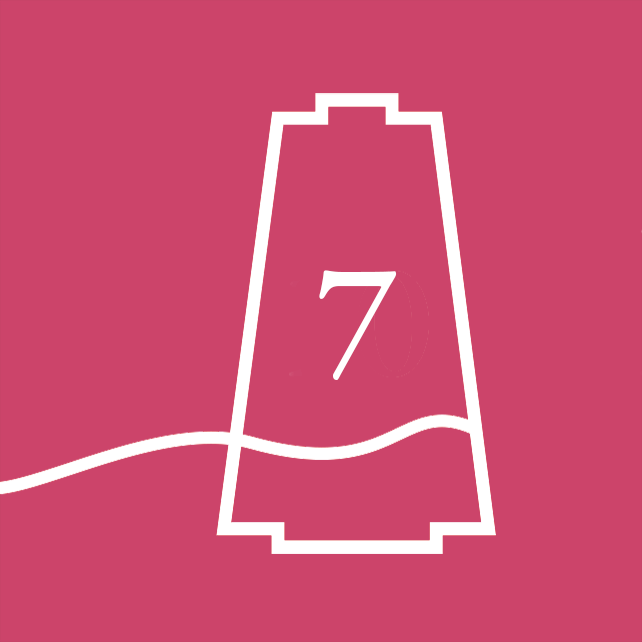 Finishing
Finishing
PURLING
This is the process of creating roped / twisted fringes on scarves or rugs. Purling is done before the washing process as this binds the fringes together.
SCOURING
Everything is washed in a 35˚C soap solution to remove the natural lanolin (oils) in the yarn. Speed and timing varies according to the fabric quality being processed.
MILLING
A vigorous wash combining hot water and movement to close up the fabric structure making it more dense. This is a similar process to felting.
TENTERING
The fabric is stretched out and held taught on small metal tenterhooks, this establishes the usable width of the cloth and is part of the drying process “to be on tenterhooks”.
DECATING
This is a final heat treatment which stabilises the fabric and minimises movement during garment manufacture.
BRUSHING
This process uses natural teasles or metal teeth to draw the fibres and create a directional pile on the surface of the cloth. Lambswool, cashmere and mohair are often brushed.
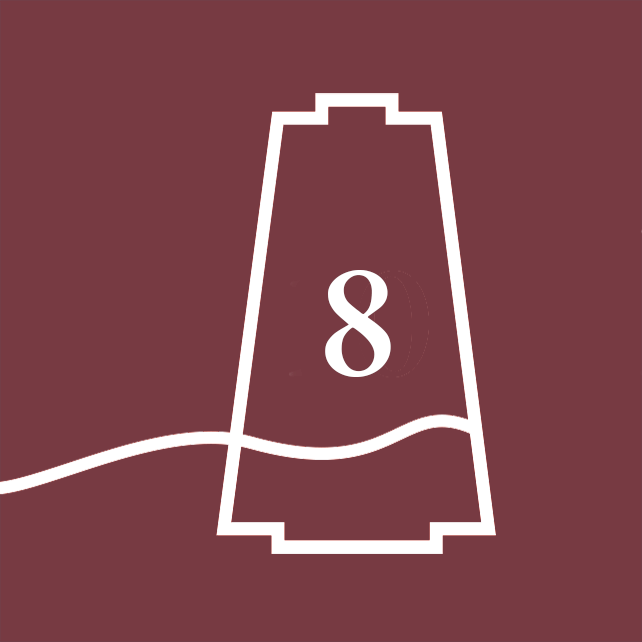 Textile Heritage
Textile Heritage
BORDER TEXTILES
There is a rich textile heritage in the Scottish Borders which is also very diverse. From sorting to spinning, weaving to knitting finishing, and garment making sadly only a few companies remain today.
THE MILL
Selkirk has a strong tradition of spinning and weaving with many once-famous names. Gardiner of Selkirk, Claridge Malcolm Campbell, Heather Mills amongst many others.
MILL WORKERS
Families worked side by side in the textile mills. School leavers would start in the mills and often work their whole life to retirement in the same mill.
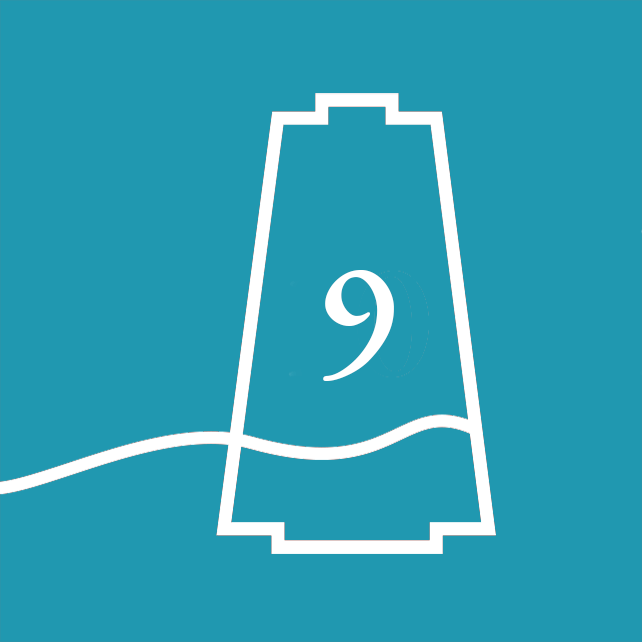 Tartan Travels
Tartan Travels
Made in the Scottish Borders and shipped globally. Our fabrics and accessories travel all around the world.
We show how kilts can be pleated. Pleated to stripe or sett. You can feel the weight of the kilt here.
Some images of people of note wearing Lochcarron made products from images of the British Royal Family to film and music stars.
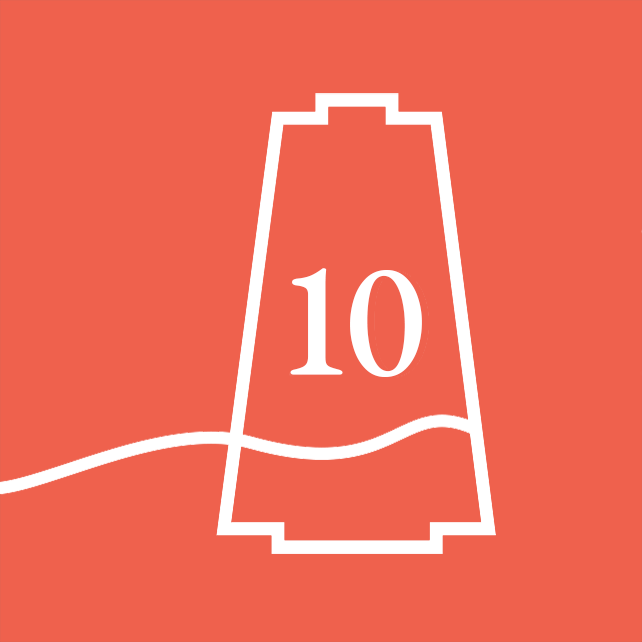 Flags
Flags
The Manufacturers Corporation Flag and Motto
Formed in 1766 by 10 mill owners, the corporation was created to assist the development of the woollen trade in Galashiels. Today the corporation is known as the Scottish Borders Manufacturers Association and reflects the wider Borders economy and includes both manufacturing and service based businesses.
The Weavers Corporation – Motto ‘Weave Truth with Trust’
The weavers of Galashiels formed themselves into a corporate body in 1666, the purpose of which was to better regulate the trade and to pool resources for the improvement of all weavers in the trade. The corporation's influence waned as industrialisation became the norm through steam and water power and the development of mechanised weaving. The corporation held its final meeting in 1847.
The Selkirk Incorporation of Weavers Flag | Motto ‘Weave Truth with Trust’
Established in 1608, the Selkirk Incorporation of Weavers is the oldest of the town’s incorporations and has played a prominent part in the town throughout the years, as has the woollen and weaving trade.
In 2002 Lochcarron of Scotland was granted lifelong membership of the incorporation, and over the years, there have been 13 Weavers Standard Bearers.
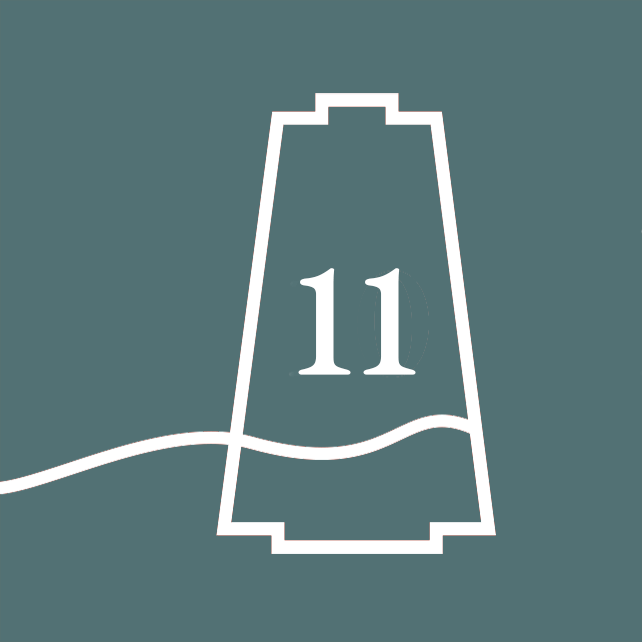 Bespoke Tartan
Bespoke Tartan
Our design team create many new and exclusive tartans. Corporate, events, families, clans to name but a few. These tartans can be registered with The Scottish Register of Tartans.
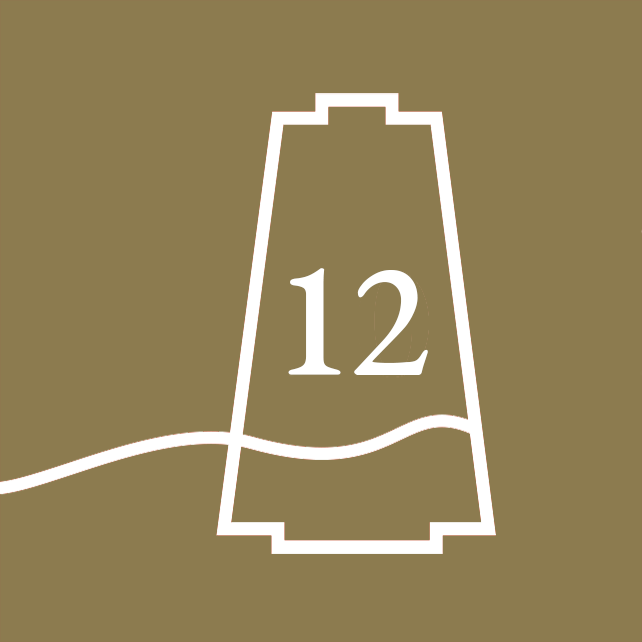 Designer Collections
Designer Collections
As well as our stocked tartans that you will have seen in the warehouse, our design team create made to order collections, for Autumn/Winter and for Spring/Summer as well as new additions to our accessories for the home and apparel.
These made to order designs for fabrics and accessories are ordered by many international design houses. We also collaborate and develop exclusive patterns for design houses and brands.
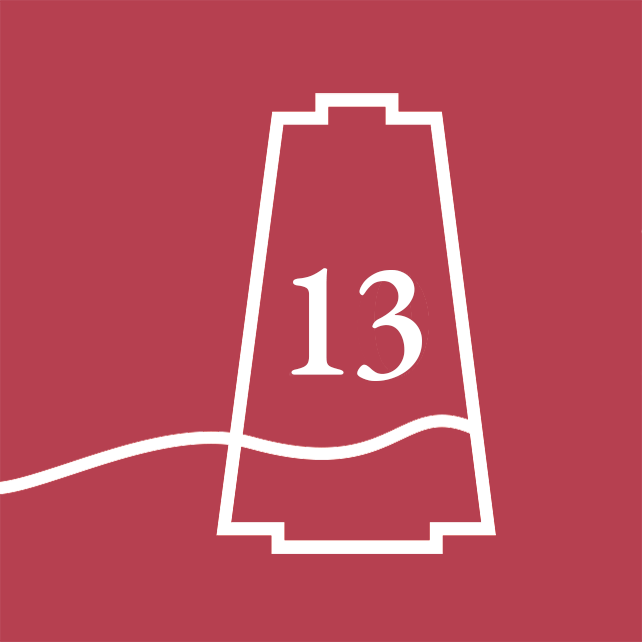 Tartan Wall
Tartan Wall
The Iconic Lochcarron of Scotland tartan wall. Here you can see a selection of all of the classic clan and family tartans. You can see the different tartan variants, modern, ancient, weathered, dress and hunting.
